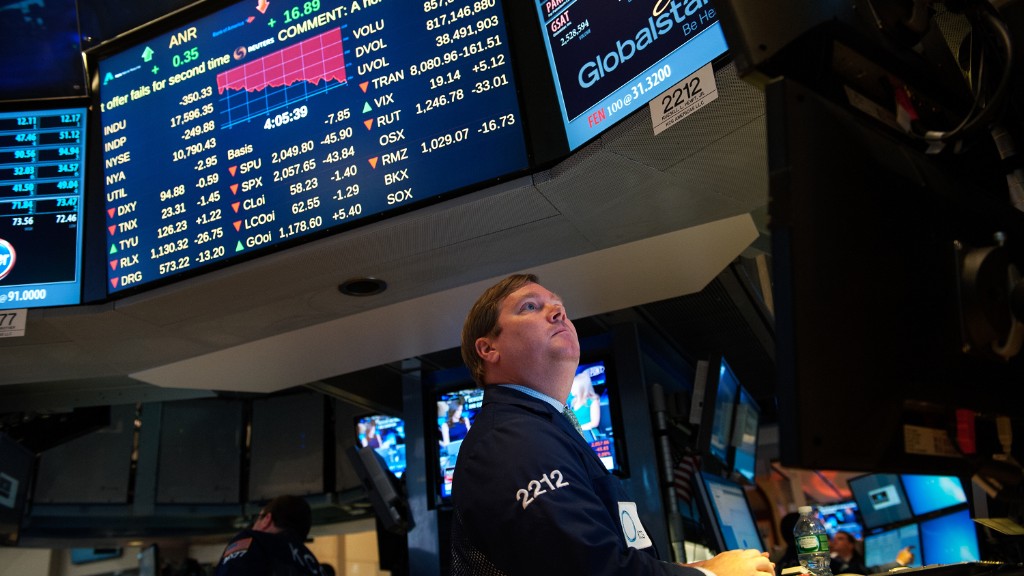
What do stock market bears and seismologists have in common? They are still waiting for the proverbial Big One.
For investors, the Big One is a correction -- a 10% pullback from a recent high for a major index like the S&P 500. There hasn't been one in nearly four years -- an unusually long time.
Since October 2011, the market has rebounded every time dips threatened to become full-blown corrections. That may be happening once again.
The S&P 500 was up Tuesday, after falling for five days. Even then, the S&P 500 was 3% below its all-time high.
Investors have been like young Simba in "The Lion King" this year. They have laughed in the face of danger.
Grexit fears rattled investors ... but not so much to send stocks down 10%. Worries about China have not yet led to a big sell-off.
Related: China's stock market crash ... in 2 minutes
Neither have concerns about the strong dollar, plunging oil prices, the likelihood of a Fed rate hike or ho-hum earnings reports.
Cam Albright, head of investment strategy at Wilmington Trust, said he's not overly concerned about the lack of a correction.
He notes that the U.S. job market and overall economy are continuing to improve. After all, that's why the Fed is expected to raise interest rates in the first place.
Albright adds that there does not appear to be too much froth in the market either. The S&P 500 is trading at about 16 times earnings estimates for next year, a level he calls "fully valued" but not overvalued.
So a 10% pullback may not be necessary unless stocks become truly expensive.
"Corrections are a good opportunity to cleanse the market. I'm not sure we need that right now," he said.
Because the S&P 500 is weighted by market value, the strong performances of giant companies like Apple (AAPL), Google (GOOGL), Facebook (FB), Amazon (AMZN), Disney (DIS) and Visa (V) are helping to prop the index up.
But parts of the market don't look quite as healthy.
CNNMoney's Fear and Greed Index, which measures seven indicators of investor sentiment, is showing signs of Extreme Fear.
Two of those gauges in particular point to some disturbing trends.
Related: Investors are very nervous about the stock market
There are more stocks hitting 52-week lows than highs in recent months. And the trading volume for stocks going down is higher than the volume for stocks going up.
What's more, some highly cyclical industries, such as industrials, chips and railroads, are already in a correction.
The Philadelphia Semiconductor Index (SOX) and Dow Jones Transportation Average (DJT) are both about 15% below their 52-week highs.
Industrial conglomerate United Technologies (UTX) and railroad Union Pacific (UNP) are down more than 20% from their peaks. Forget a correction. That's a bear market.
"There is a lot more turbulence in the market beneath the surface," said Hank Smith, chief investment officer at Haverford Trust.
Related: Mining stocks are getting killed as gold and other metals plunge
But investors are still treating these pullbacks as buying opportunities. Smith said that makes sense. He does not think that a recession is in the cards for the United States.
Still, the broader stock market can't keep going up forever without a correction.
"Is this healthy? It is as long as it lasts," said Randy Frederick, managing director of trading and derivatives at the Schwab Center for Financial Research. "But a correction is inevitable."
Just don't try and predict when that correction is going to start. You could be waiting a while -- like those earthquake researchers in California.


